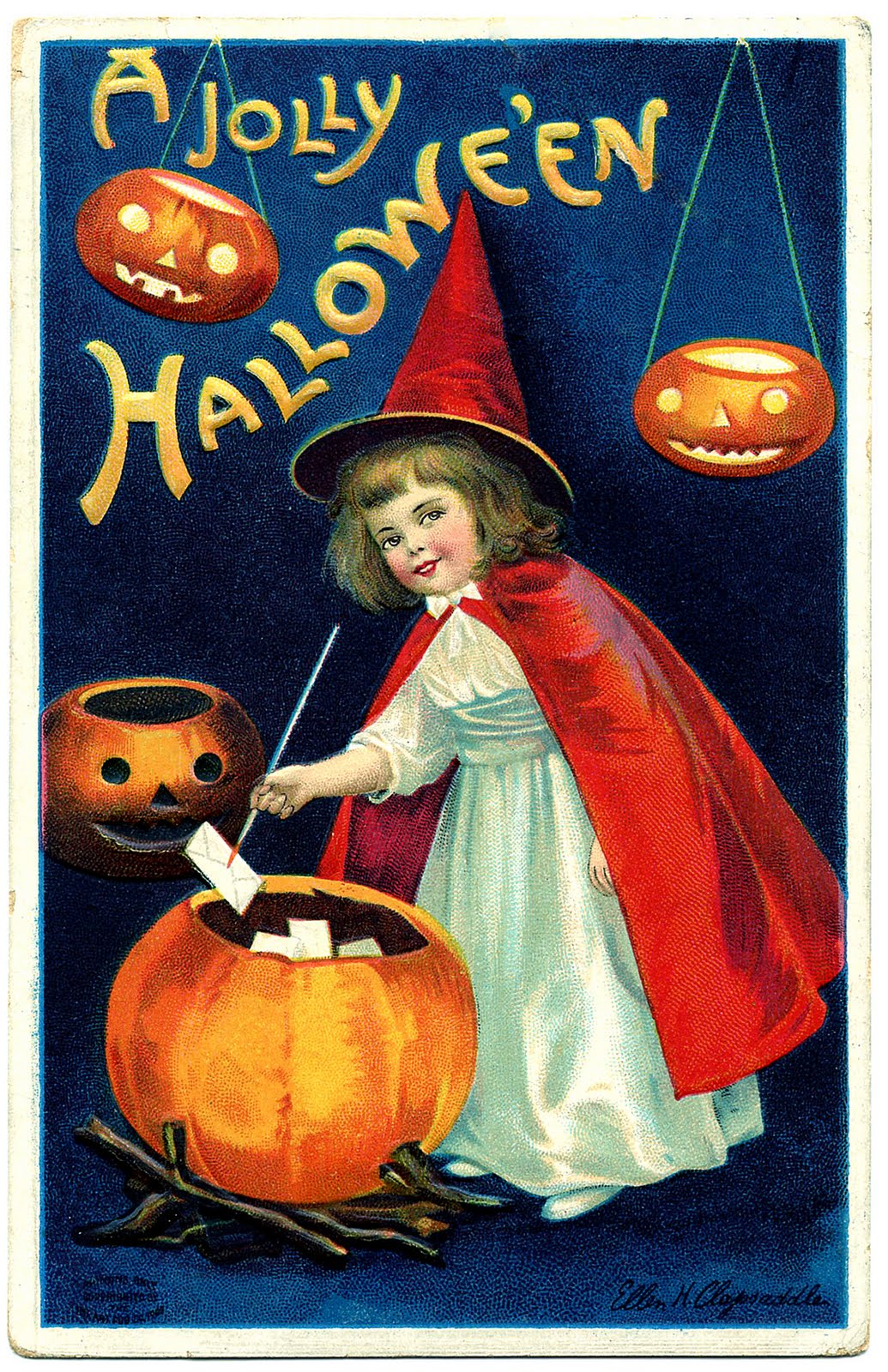Table of Content
The racial demographics of Sweet Home are 90.5% White, 4.1% Two or more races, 2.4% Other, 1.5% Black, 1.0% Asian, 0.3% American Indian and 0.2% Native Hawaiian or Other Pacific Islander. Additionally, 6.1% of the population identifies as Hispanic. According to the latest census statistics, 19.2% of the residents of Sweet Home are 65 or older. Submit pictures of your hometown to be included above, click here. Since its beginning in 1976, the East Linn Museum has been staffed and managed entirely by volunteers from the Sweet Home community.

The long trip was fun but very tiring.Taking a wagon across the Santiam Wagon Road was quite a feat. They needed both teams on one wagon to pull the wagon up the hills, and then down again to get the other wagon. On the other side of the mountains near Sisters, the real challenge was fording rivers and streams. There were no bridges along the trip, just adventures.
Sweet Home, Oregon Population History
These pages are populated with submissions from residents of the hometowns, so if some of them are a little light on the information side, it just simply means that people haven't sent much to us yet. Come back soon though, because we are constantly adding more to the site. Station 22, the station that serves the Foster area, was dedicated in October, 1983. It was erected on land donated by Jim and Frances Stock in 1982. The Station was built using donations of time, money, and materials from the volunteers and Sweet Home businesses.

Martha Thompson traveled with the group, giving directions and enjoying the travel with her family. Building boards and nails were available in one business. Five miles east of Sweet Home community of Foster, founded in 1892, also experienced growth.
Gold, timber and history in Sweet Home
The regulation also does not take into consideration the unforeseeable and unintended consequences of actions. In 1982, Congress granted authorization to the Secretary to issue permits under section 10 of the ESA for incidental takings. That included direct and indirect takings because the purpose of the permits would not be logical if only direct action were included under the word harm.
In December of 1976, the Foster area was annexed into the city, and between that time and 1980 the city increased in area by 130 percent, in population by 80 percent, and the road miles doubled. 1976 also saw the retirement of Chief Ivan Hoy, who joined the Department at its inception. Gerald Wooley was appointed Fire Chief upon Ivan Hoy’s retirement. By 1900 Sweet Home was changing and becoming a real town with a policeman, stores and good families building homes. The better houses were whitewashed and some were actually painted.
Babbitt v. Sweet Home Chapter of Communities for a Great Oregon
It argued that the red-cockaded woodpecker , an endangered species, and the northern spotted owl , a threatened species, had injured them economically by preventing them from conducting commercial business in the forestry industry. The Santiam Wagon Road, a toll road connecting the Willamette Valley with central Oregon, was opened in 1865. The road extended from the Sweet Home Valley across the Santiam Pass in the Cascades to Camp Polk near Sisters.
While the valley was known as Sweet Home, the town began with two other names. The west end of town near Ames Creek was known as “Buckhead.” The name came from a saloon and a store that bore an exceptionally fine set of elk antlers on the gable end, owned by Zela Buford Moss. At the east end of the road was Mossville, with a post office and a store run by Jim Simons in the old Moss Hall. Jon Donaca built Sweet Home's first hotel in 1860 near what is now the intersection of 10th and Main Street.
In Sweet Home, 62.2% of housing units are occupied by their owners. The unemployment rate in Sweet Home is 8.8%, which is calculated among residents aged 16 or older who are in the labor force. Among those aged 16 and older, 47.9% of Sweet Home residents are in the labor force.

This time to a steel “Quonset Hut” structure that sat on the current site of City Hall. This furnished 3 bays for apparatus, and a small meeting room. Lettie continued to live in the Oak Terrace home, a frame building held together by square nails and originally built by the Ames family. In 1972 at the age of almost 94, a fire destroyed Letties 120 year old home.Lettie didnt give up; she moved into a small apartment on Nandina Street and died a few years later. Grandma Lettie Sankey drove until she was past ninety, and quit then because the car wore out. She was elected on a fluke when someone added her name to the ballot because the other candidate was unpopular.
Two kills and a solo block by Colby Neal helped Oregon get out to an 8-5 lead in the fourth, before the Ducks absolutely dropped the hammer. It was 8-6 when Colyer had two straight kills out of the back row, sparking an 8-0 run to a 16-6 lead. Colyer had a third back-row attack during the run, Nuneviller had two kills and Robey had a kill plus a solo block. A fourth kill out of the back row by Colyer in the set made it 18-7, and when it was 21-9, Robey had a kill to spark a run of four straight points by the Ducks to clinch the set and the match. Over the course of the final three sets, Arkansas called six timeouts during UO scoring runs. Five times, the Ducks scored the first point out of the timeout to maintain momentum.

Acquisition of this new apparatus allowed the reclassification of the Rural District from Class 9-A to Class 8. By 1950 the population of Sweet Home had grown to 3,603. With the increased population, the added reponses to the Rural District, and the occasional difficulty locating property, means of communication had to be established. One to be used as a base station, and the other to be placed in the unit answering rural calls. Our first Chief, Marvin J. Nye, also provided the first building to house the department.
There was always a bell for the teacher to ring at recess time, and a hitching rail for the ponies they rode. The west part of town was called Buckhead and the east was Mossville. It was a wild place then and the town fathers thought a more dignified name would bring in more good people to settle. In 1874, both names were dropped and became one community, Sweet Home.
He served on the Sweet Home city council for ten years and worked in the real estate office with his father, John, especially involved in timber lands. During the 1980s, Sweet Home experienced a significant decline in population and industry as environmental issues forced the closure of sawmills and logging operations. However, during these challenging times the community banded together and rode through the changes, eventually turning the tide of recession into a wave of progression. In 1893, Sweet Home became an incorporated city in Linn County, Oregon. A tollgate was built a few miles east of town, charging travelers to cross over the Cascade Range.
No comments:
Post a Comment